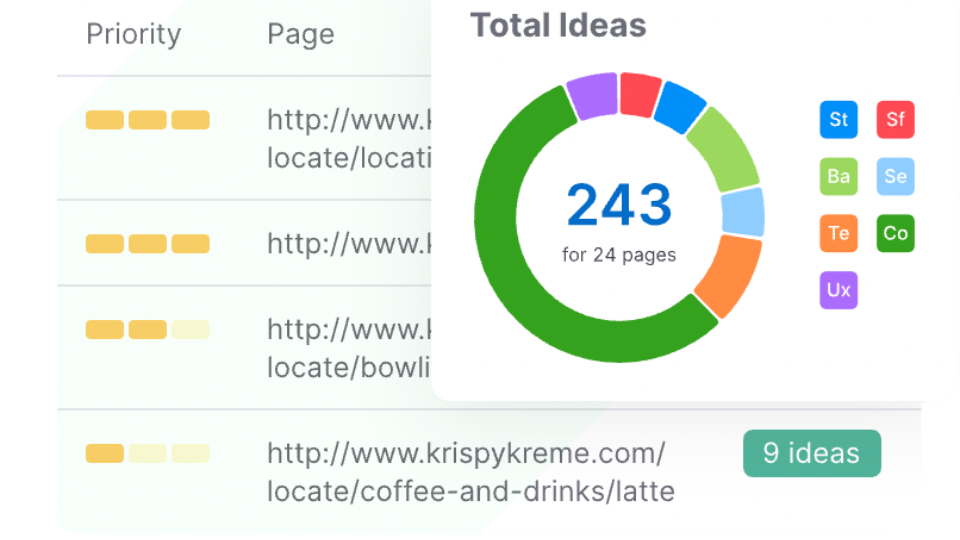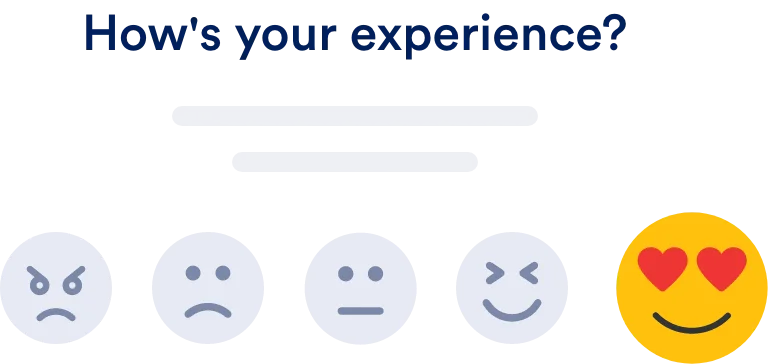Professional — Creative — Innovative
On-Page SEO Service
For Business, Agency, influencer, Blogger, Reseller , Local Business, E-commerce, Retail Businesses, SMEs, Restaurants, Healthcare, Travel, Real estate , Law firms, Media, News, Fitness, Casino, Gambling


Unleash On-Page SEO Potential Today
Utilize our knowledgeable on-page SEO services to increase your online presence and traffic.
01.

Relevant and targeted keywords
We use relevant and targeted keywords in content, headings, meta tags, and URLs to improve search visibility.
02.

High-quality content
We provide users value and address their search intent with informative and engaging content.
03.

User experience
A positive user experience through a well-organized website structure, exact URLs and headings, responsive design, and optimization for all devices.
04.

Technical SEO
We are optimizing technical elements, like meta tags, schema, and page speed, to improve search engine crawlability and indexing for better search visibility.
Why is On-Page SEO important?
Lack of On-page optimization leads to poor search engine visibility, low website traffic, & decreased potential for conversions and sales.
Technical Implementation
Technical SEO ensures website accessibility, improves search engine crawlability, and enhances user experience, leading to higher organic search visibility and traffic.
Search Engine Visibility:
Search engine visibility refers to the extent to which a website is easily discoverable and accessible by search engines, resulting in higher search rankings and increased organic traffic.
Improve Rankings
With the help of On-page optimization, we can ensure your website visibility on particular keywords. It led to the SERP’s top ranking.



On-Page SEO Do's
- Use keywords in headlines and content
- Create high-quality, relevant content
- Use meta descriptions and titles
- Improve website load speed
- Optimize images with alt tags
On-Page SEO Don'ts:
- Stuff keywords unnaturally
- Use broken links
- Ignore mobile optimization
- Have duplicate content
- Overuse headers or titles.
Transform Your Online Presence

What is an On-Page SEO?
On-page SEO refers to optimizing individual web pages to rank higher and get more relevant traffic in search engines. It includes optimizing content and HTML source code, improving user experience, and increasing website relevance to search queries.
Essential Components of On-Page SEO
Content Optimization
This involves writing high-quality, keyword-rich content relevant to the topic and providing value to the user.
Title Tag Optimization
The title tag is the text that appears in the search engine results and is one of the most important on-page SEO elements.
Header Tag Optimization
Header tags (H1, H2, etc.) are used to structure content and make it easier for users and search engines to understand.
URL Structure Optimization
The URL structure should be easy to read, descriptive, and include the target keywords.
Image Optimization
This involves using descriptive file names, alt tags, and proper sizing to help search engines understand the images on the page.
Technical Optimization
It involves optimizing the site’s page speed, mobile-friendliness, and crawlability.
ON-Page SEO SERVICES FAQ
Harness the power of knowledge by discussing essential doubts with us.
We can measure success on On-page SEO through metrics such as increased search engine rankings, increased website traffic, improved user experience, and increased engagement on the website.
If on-page SEO is not done correctly and techniques considered spammy or manipulative by search engines are used, it can harm a website’s rankings. It’s essential only to use white-hat optimization techniques and to avoid any tactics that may be seen as spammy or manipulative by search engines.
On-page SEO should be an ongoing process, with regular updates and optimizations made to the website. As search algorithms and user behavior change, it’s essential to stay up-to-date and make changes to the website as needed.
Keyword research is a critical aspect of on-page SEO. It helps in identifying the keywords and phrases potential customers use to find products or services similar to those offered on a website. This information can then be used to optimize the website’s content and other on-page elements to improve its visibility in search engine results for those keywords.
On-page SEO can significantly impact user experience, as a well-optimized website will load quickly. It makes it easy to navigate and provides relevant and valuable information to the user. A positive user experience can lead to increased engagement on the website, including longer visit durations and a higher likelihood of conversions.
Some common mistakes you can avoid in On-Page SEO:
- Keyword stuffing, or Over-optimizing the website’s content with keywords
- Neglecting technical optimizations, such as page speed and mobile-friendliness
- Ignoring user experience and focusing solely on search engine optimization
- Less updation of the website.
On-page SEO can significantly impact local search results, as local search algorithms often consider on-page factors such as the location of the business and the relevance of the website’s content to that location. Properly optimizing a website’s location information and content can help improve its visibility in local search results.
Schema markup and structured data are types of code that can be added to a website to provide additional information to search engines about the content on the site. This information can help search engines better understand the content and context of a website, which can impact its ranking in search engine results.
Website content is one of the most critical aspects of on-page SEO, as it is what search engines use to determine the relevance and value of a website. Well-written, high-quality, and keyword-optimized content can help improve the visibility of a website in search engine results.
Internal linking refers to the process of linking from one page on a website to another page on the same website. This can help search engines better understand the structure and hierarchy of a website and can also help improve the user experience by making it easier for users to navigate the site.
Yes, we can combine the on-page SEO and off-page SEO for better results. On-page SEO focuses on optimizing individual pages, while off-page SEO focuses on acquiring links from other websites. Both types of SEO should be used together for a comprehensive and effective SEO strategy.
User-friendly URLs are essential in on-page SEO as they can improve the visibility of a website in search engine results and provide a better user experience. A user-friendly URL is easy to read and understand and accurately describes the content on the page.
Website navigation is critical to on-page SEO as it affects both the user experience and the ability of search engines to crawl and index the site. A well-designed navigation structure makes it easy for users to find the information they’re looking for and for search engines to understand the structure and hierarchy of the site.
Page speed is an essential aspect of on-page SEO, as it can impact both the user experience and search engine rankings. A slow-loading website can negatively impact user experience while reducing search engines’ ability to crawl and index the site efficiently.
Accessibility refers to the ability of users with disabilities to access and use a website. Making a website accessible can improve the user experience for all users, including those with disabilities, and can positively impact search engine rankings.
As we know, more than 75% of internet traffic comes from mobile devices, so optimizing your website for mobile is essential. With its help, you can gain more site visibility in mobile search results.